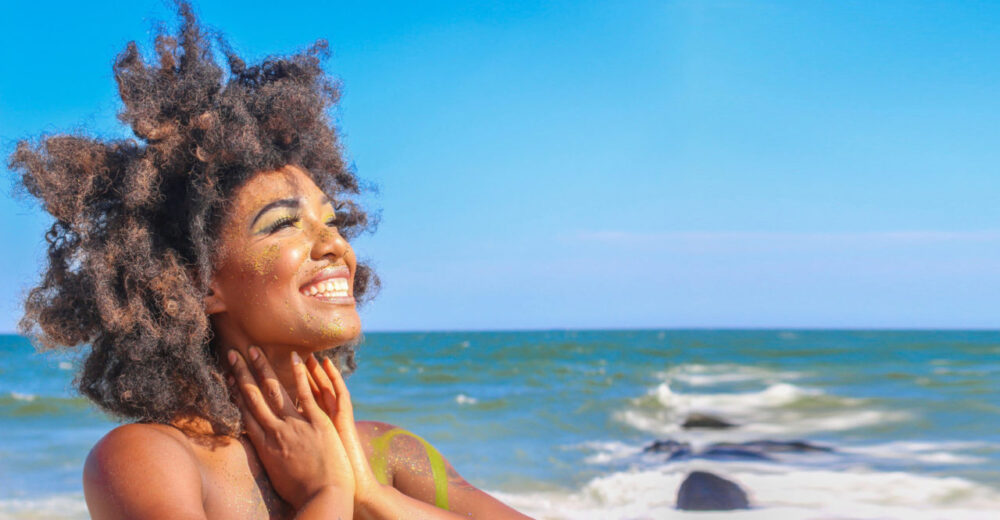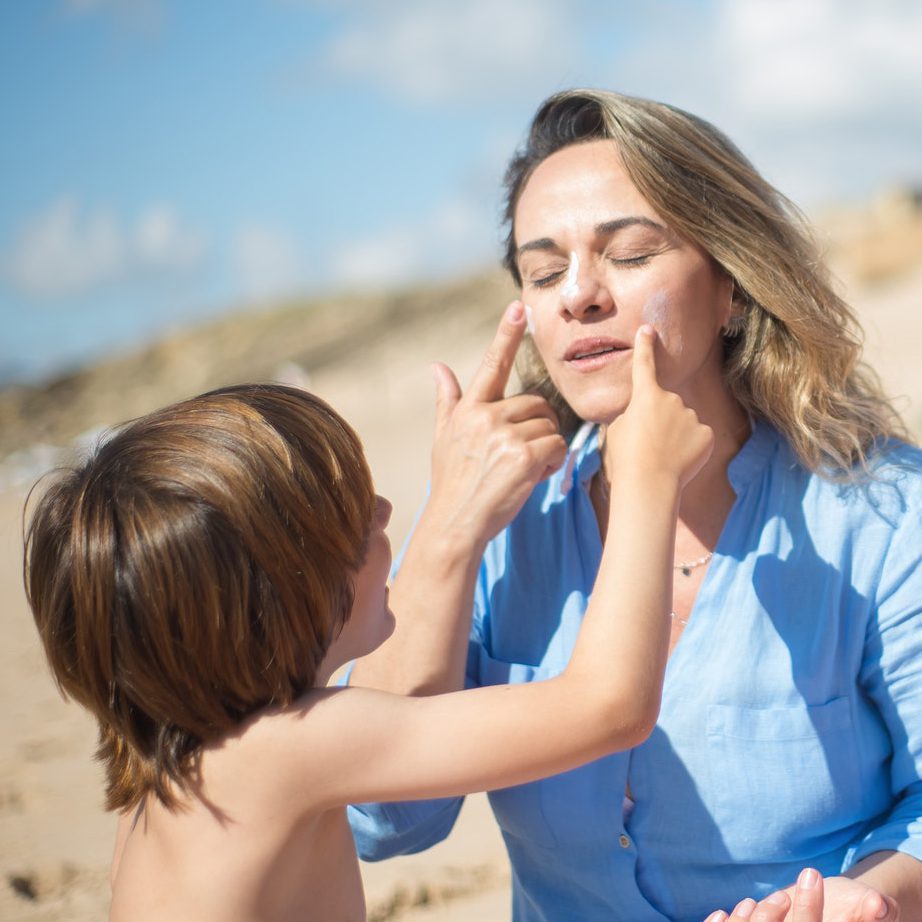No products in the cart
Dive Deeper Blog
Butyloctyl salicylate is NOT Reef Safe
Butyloctyl salicylate is a new ingredient of emerging concern and may be hiding in your sunscreen

With consumers demanding ever-increasing SPF values, many companies today use SPF ‘boosters’ in their formulas to increase that number. Butyloctyl salicylate is a relatively new inactive ingredient in sunscreens that boosts an SPF factor by not allowing the skin to redden. Studies have shown that the skin is still getting damaged – it is just not turning red. But because SPF factors are determined by HOW red your skin gets after exposure, reducing redness allows for a higher SPF factor WITHOUT a true increase in UV protection.
If you’re like most people and just check your sunscreen for the active ingredients, you need to reconsider that decision. If it’s there, butyloctyl salicylate will be listed under inactive ingredients, probably toward the beginning if in alphabetical or the end if not, of what is often a long and complicated list of ingredients that are difficult to pronounce. It’s unfortunately far more common in ‘mineral’ sunscreens than you would expect.
There are obvious ethical issues associated with this practice, and we would even debate if this should be legal, especially when used in formulas for children and babies.

What really makes me angry and doesn’t feel ethical at all is when ‘natural’ companies offering ‘mineral’ sunscreens include this ingredient in their formulas. To make it even worse, butyloctyl saliciylate (I’ll appropriately call it BS for simplicity) is also a concern for pregnant women as it may lead to birth defects. BS has a similar chemical structure as aspirin (acetylsalicylic acid), which warns against use when pregnant. Sunscreens using this ingredient do not carry that warning and, in our opinion, would NOT be pregnancy-safe. Knowing that everything we put on our bodies has the potential to be absorbed into our skin, not labeling it as a concern seems very wrong! (It is already banned in the UK, so hopefully US regulators are paying attention.)
Butyloctyl salicylate is also not reef safe, as its categorized as ‘Aquatic Chronic 4’ – May cause long lasting harmful effects to aquatic life.’ (Source: https://pubchem.ncbi.nlm.nih.gov/compound/Butyloctyl-salicylate#section=Hazards-Identification)
I asked two brand owners why their formulas contained BS. They didn’t seem to have any answer for me. Most likely, they’re not chemists, so they didn’t formulate their products and trusted the large contract lab to formulate something for them. That is not us. We consciously choose every ingredient in our formulas for efficacy and safety.
The only way to truly know what is safe and what a product contains is to buy from a manufacturer that makes all of its products in its own facility, intimately controls what ingredients are included in their formulas and prevents harmful ingredients from entering their facility, eliminating the risk of cross-contamination. That company needs to have third-party certifications, control the supply chain, and know how raw ingredients are stored to ensure no contaminants enter their products.
Lastly, and most importantly, they must be able to pass the Protect Land+Sea certification and test their products to show that they are not harmful to people or our blue planet.
Only one has followed these steps and has products tested and proven not to harm coral larvae: Stream2Sea. I’m not saying we are perfect, but we are doing our best to make sure we offer you, your families, and our blue planet the safest, most effective products we can. And as we learn more, we do better. We did the science and research for you.